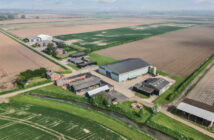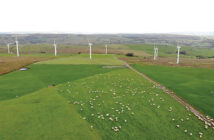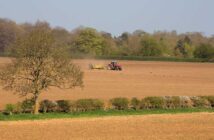An uplift in the spring wheat crop is the prediction of the provisional AHDB early bird survey.
The winter wheat area is expected to fall slightly (1.3%), the winter barley area is also predicted to be down 6%. The wet weather through the latter part of autumn made for difficult drilling conditions, forcing many growers to change drilling intentions at the last minute.
As a result, a greater spring area is predicted. The biggest increase is anticipated for the wheat area, forecast to be up by 23%. Despite this rise, it will still account for a small part of the total wheat area and the UK wheat area for harvest 2024 is likely to be the smallest since 2020.
The spring barley area is also expected to rise significantly, up 13% from the previous season. as is the oat area – a 12% rise driven by spring crops.
The survey suggests a 16% decline in the planted area of OSR. Anecdotal reports suggest the OSR area that will not make it to harvest could exceed the previous season because of the wet weather, as well as pests.
Often, when the OSR area falls, pulses tend to rise to fill the break crop gap. However, this does not appear to be the case this season, with pulses seen falling approximately 10% from the last harvest. Arable fallow could rise by as much as 27%.
Amongst other crops, other oilseeds (including linseed and borage) are estimated down more than 22%, while other combinable cereals (including rye, triticale, and mixed grains) are also predicted down 18% and potatoes are down 3%.
The last ‘catch-all’ category ‘other crops on arable land’ rises by 8% and includes sugar beet, vegetables and other crops that appear in the arable farm rotation, such as temporary grass and maize.




